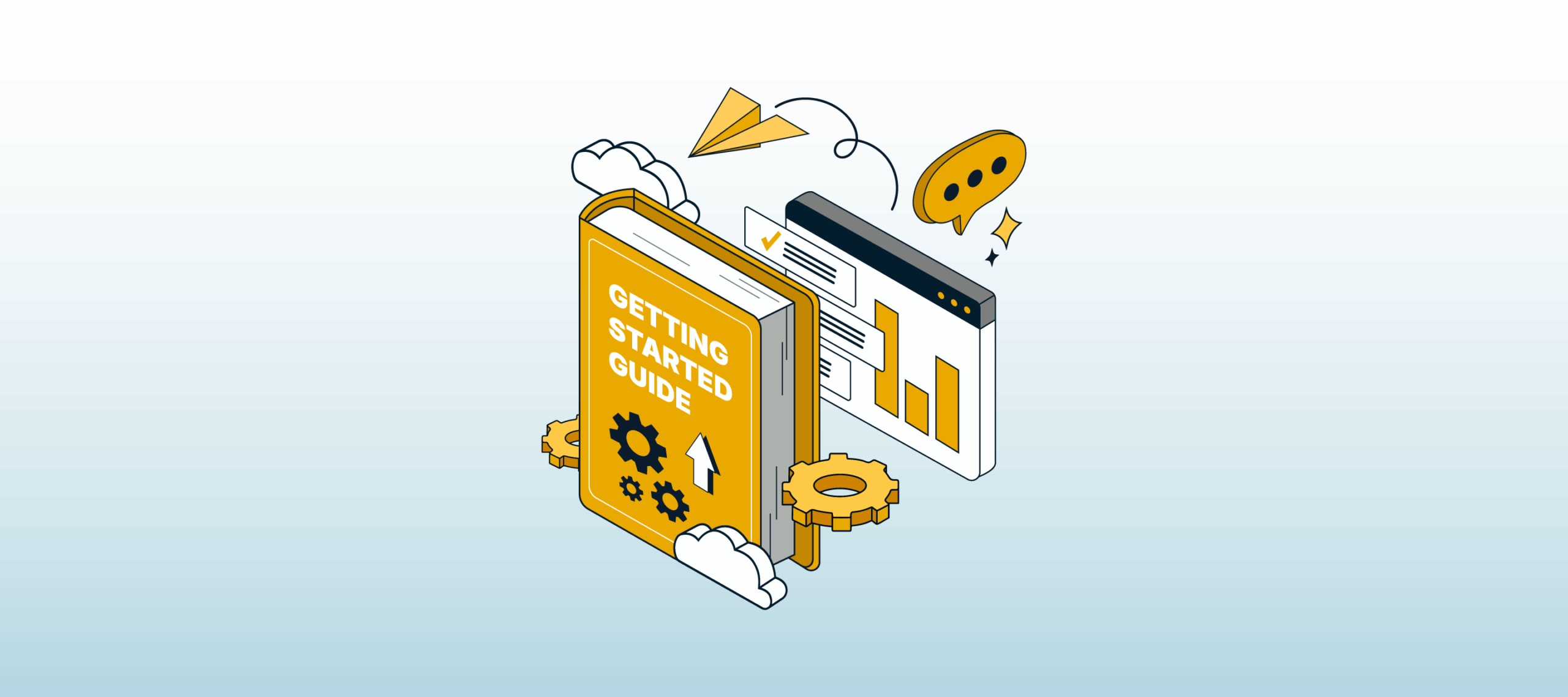
Remember the break-fix days? When MSPs were called in only when something broke, and success meant just keeping the lights on?
The industry has come a long way since then, and today's most successful MSPs are the ones evolving with it, becoming strategic partners instead of just service providers. This blog post — excerpted from ScalePad's Customer Success: Getting Started Guide — introduces you to the concept of Customer Success (it's not Customer Service) and how it can help you drive more value from your existing client relationships.
In this post, you'll learn:
If your MSP is finding it hard to grow or hang onto profits, it might be because:
❌ Differentiating services is difficult
❌ Software costs keep rising
❌ Client budgets are tightening
❌ Staff retention is challenging
❌ Keeping up with tech innovations is exhausting
❌ Winning new business turns into a discounting contest
You might want to offer new services, increase prices, or invest more in sales and marketing to spur growth. Our annual report found that about half of MSPs plan to get new clients or pitch new services to drive revenue. And a third are investing more in sales and marketing. But these tactics are expensive (and risky) when margins are thin and markets are bearish.
The most efficient way to grow is through existing customers. They’re more likely to buy again (and buy more) than a new client. Plus, our annual survey found that top-earning MSPs have higher customer retention and recurring revenue rates — which shows how healthy, long-term client relationships impact profits.
But upselling existing customers is easier said than done.
Account expansion can feel like a slog. The reason? You and your clients likely lack a shared, clear vision of ‘success.’ This happens because:
If you want to show your value to existing clients, you have to stop being pigeonholed as ‘tech support’ and be seen as a strategic business partner instead.
And the best way to change this perception is through ‘Customer Success’ planning.
So, what do we mean by ‘Customer Success’?
Customer Success is a practice that helps MSP clients reach increasingly important business goals — not just during onboarding, but throughout your entire relationship.
Customer Success shouldn’t be confused with ‘Customer Service.’ Success is about proactively driving long-term results for clients. Service is reactive and meant to resolve customers’ smaller, everyday issues. While good service matters, it isn’t enough on its own to create true ‘success.’
Customer Success vs. Customer Service
| Proactive relationship-building | Reactive to client responses |
| Focus on supporting larger business goals | Focus on technical capabilities and functions |
| Owned by account managers, vCIOs, or executives | Owned by Helpdesk team |
| Interacts via calls, QBRs, and other important happenings | Interacts only via specific email or phone/video calls |
| Creates Roadmaps, budgets, and other strategic reports for clients | Creates solutions for or answers to specific technical queries |
| Reports on project milestones, cost savings, business outcomes, etc. | Reports on tickets, uptime, lifecycle data, etc. |
When MSPs make Customer Success a formal plan or process, it’s easier to show clients real impact — and boost the chances of renewals, upsells, and growth.
Want to dive deeper into building a Customer Success program that works?
Stay tuned for the full Customer Success Getting Started Guide, which includes templates, real-world examples, and step-by-step guidance to help your MSP grow through stronger client relationships.
The Customer Success Getting Started Guide is coming soon! Follow us on LinkedIn to know when the full guide drops.